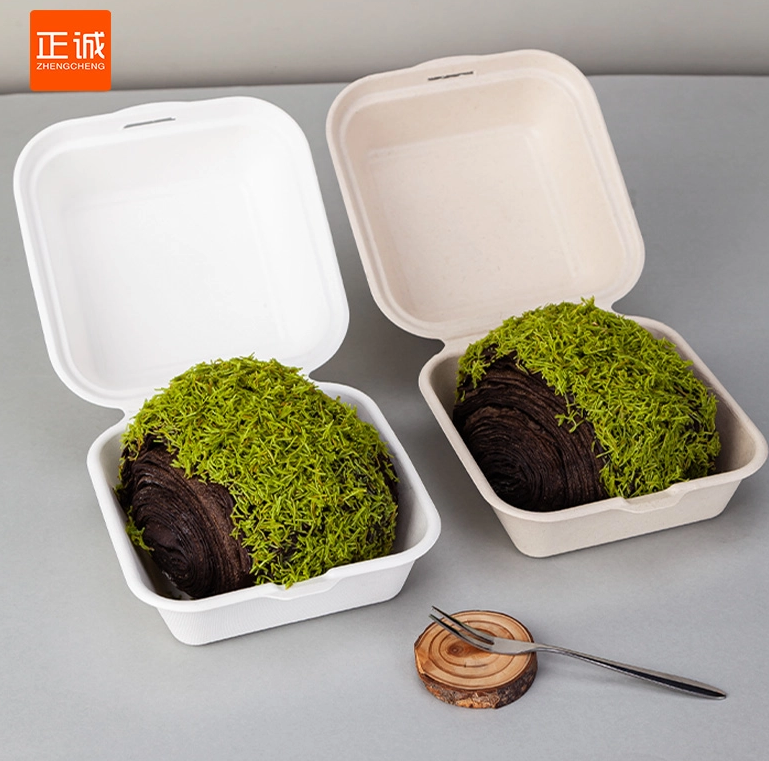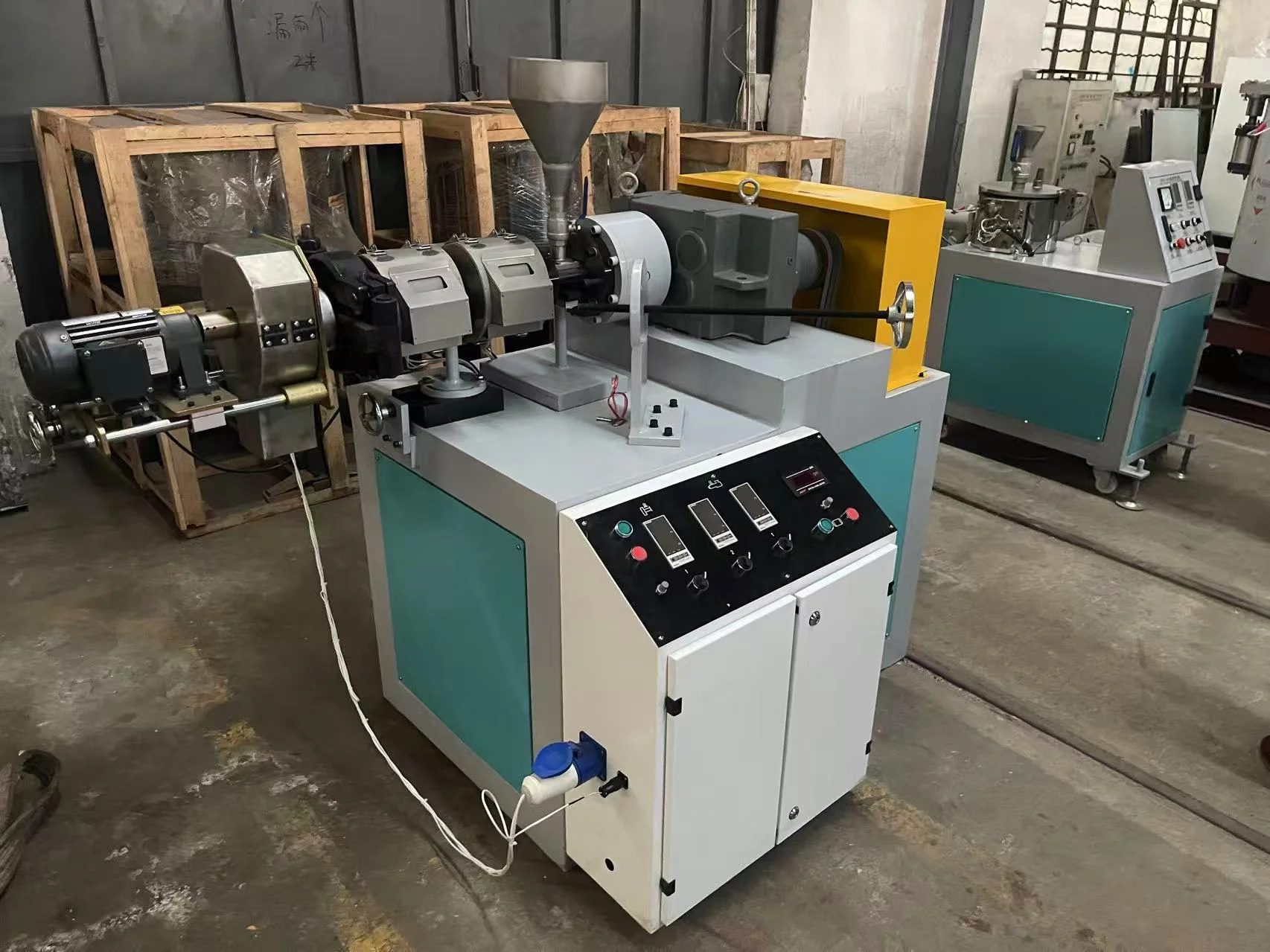In the fast-paced world of food logistics, shipping cold food presents unique challenges that require meticulous planning and execution. Whether you are a restaurant owner, a meal prep service, or a food distributor, understanding how to effectively ship cold food is crucial for maintaining quality, safety, and customer satisfaction. This article delves into the intricacies of cold food shipping, offering practical strategies and insights to ensure your products arrive in optimal condition.
Understanding the Importance of Temperature Control
Temperature control is paramount when shipping cold food. The U.S. Food and Drug Administration (FDA) stipulates that perishable foods must be kept at or below 40°F (4°C) to prevent the growth of harmful bacteria. Failure to maintain the appropriate temperature can lead to food spoilage, compromised quality, and potential health risks. Therefore, understanding the temperature requirements of different food items is the first step in ensuring successful cold food shipping.
Choosing the Right Packaging Materials
The choice of packaging materials plays a critical role in maintaining the temperature of cold food during transit. Here are some key considerations:
- Insulated Containers: Use high-quality insulated containers that can withstand temperature fluctuations. Styrofoam coolers, for example, are excellent for maintaining cold temperatures, while also being lightweight and cost-effective.
- Gel Packs and Dry Ice: Incorporate gel packs or dry ice to keep food items cold. Gel packs are reusable and can maintain temperatures for several hours, while dry ice can keep items frozen for extended periods. However, it’s essential to follow safety guidelines when using dry ice, as it can pose asphyxiation risks in enclosed spaces.
- Sealing and Labeling: Ensure that all containers are properly sealed to prevent leaks and contamination. Additionally, clearly label packages with handling instructions and temperature requirements to inform carriers and recipients.
Selecting the Right Shipping Method
The shipping method you choose can significantly impact the quality of cold food upon arrival. Here are some options to consider:
- Express Shipping: For perishable items, express shipping is often the best choice. This method minimizes transit time, reducing the risk of temperature fluctuations. Many carriers offer specialized services for perishable goods, ensuring they are handled with care.
- Temperature-Controlled Logistics: Consider partnering with logistics companies that specialize in temperature-controlled shipping. These providers have the expertise and equipment necessary to maintain the required temperatures throughout the shipping process.
- Local Delivery Services: For short distances, local delivery services can be a viable option. Utilizing insulated vehicles and local couriers can ensure that your cold food arrives quickly and in excellent condition.
Monitoring Temperature During Transit
Implementing temperature monitoring solutions can provide peace of mind and ensure compliance with safety standards. Here are some effective methods:
- Temperature Loggers: Use temperature loggers that record the temperature at regular intervals during transit. These devices can provide valuable data to verify that the food remained within safe temperature ranges.
- Real-Time Monitoring: For high-value or sensitive shipments, consider real-time temperature monitoring systems. These devices send alerts if temperatures deviate from the desired range, allowing for immediate corrective actions.
Compliance with Regulations
Shipping cold food also involves adhering to various regulations and guidelines. Familiarize yourself with the following:
- FDA Regulations: Ensure compliance with FDA regulations regarding food safety and transportation. This includes understanding the requirements for labeling, packaging, and temperature control.
- State and Local Laws: Be aware of any state or local regulations that may apply to your specific food items. Some jurisdictions have stricter guidelines for shipping perishable goods, especially across state lines.
- Carrier Requirements: Different carriers may have their own requirements for shipping cold food. Review their guidelines to ensure that your packaging and shipping methods align with their policies.
Conclusion
Shipping cold food is a complex process that demands careful attention to detail. By understanding the importance of temperature control, selecting appropriate packaging materials, choosing the right shipping methods, monitoring temperatures during transit, and complying with regulations, you can ensure that your cold food products arrive at their destination in perfect condition. Implementing these strategies not only protects the integrity of your food but also enhances customer satisfaction and builds trust in your brand. In the competitive food industry, mastering the art of cold food shipping can set you apart and contribute to your overall success.






+ There are no comments
Add yours